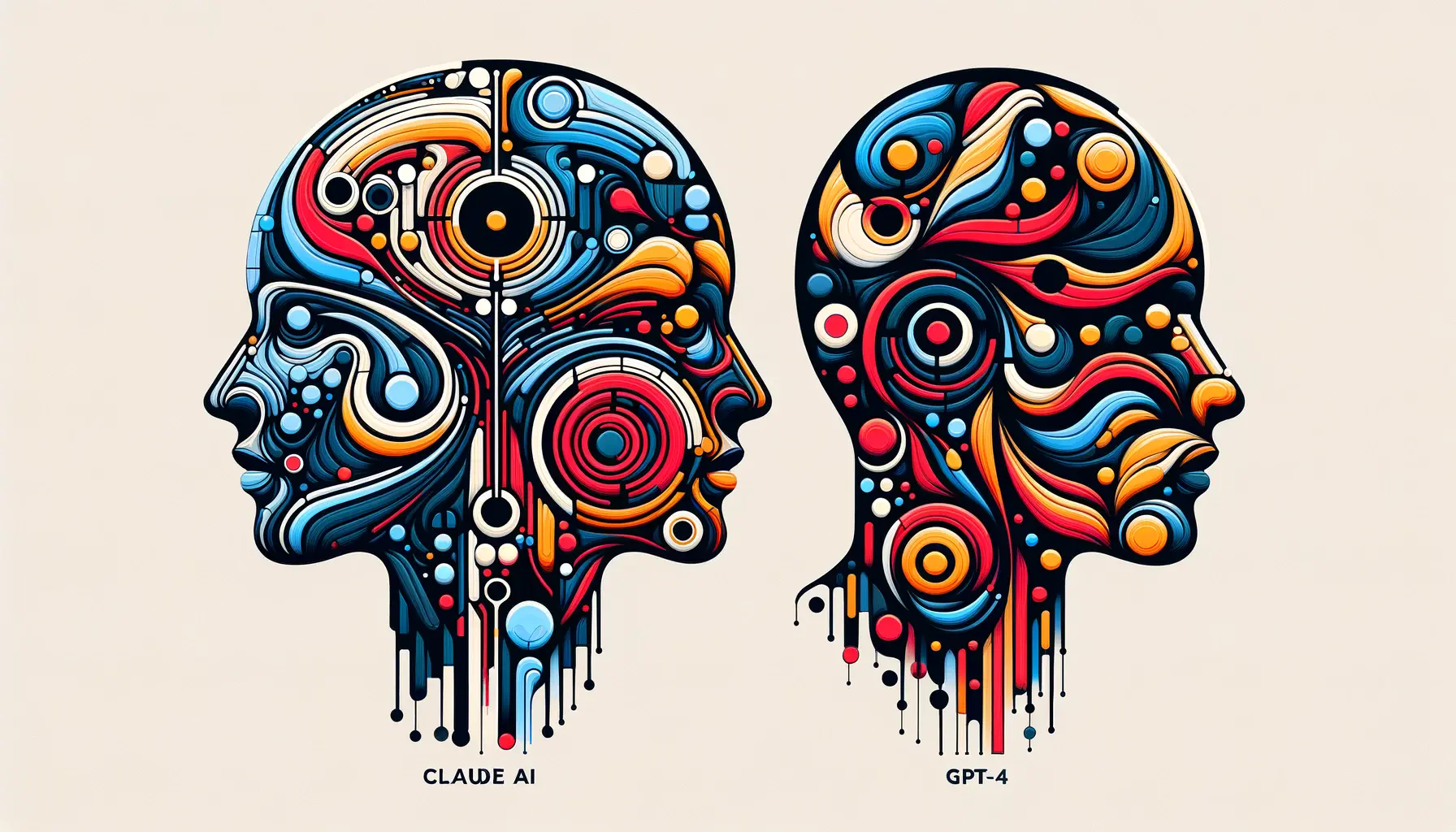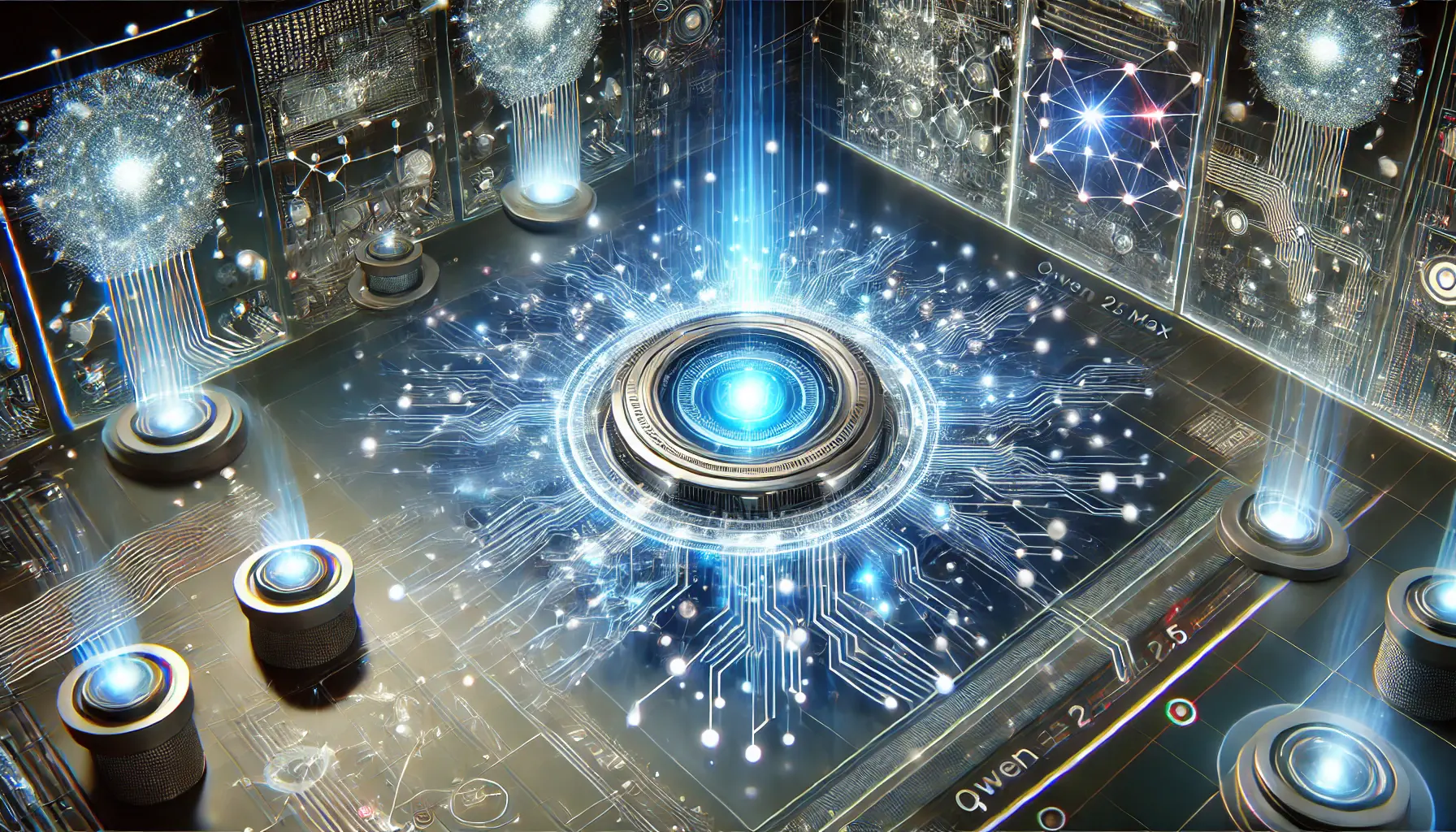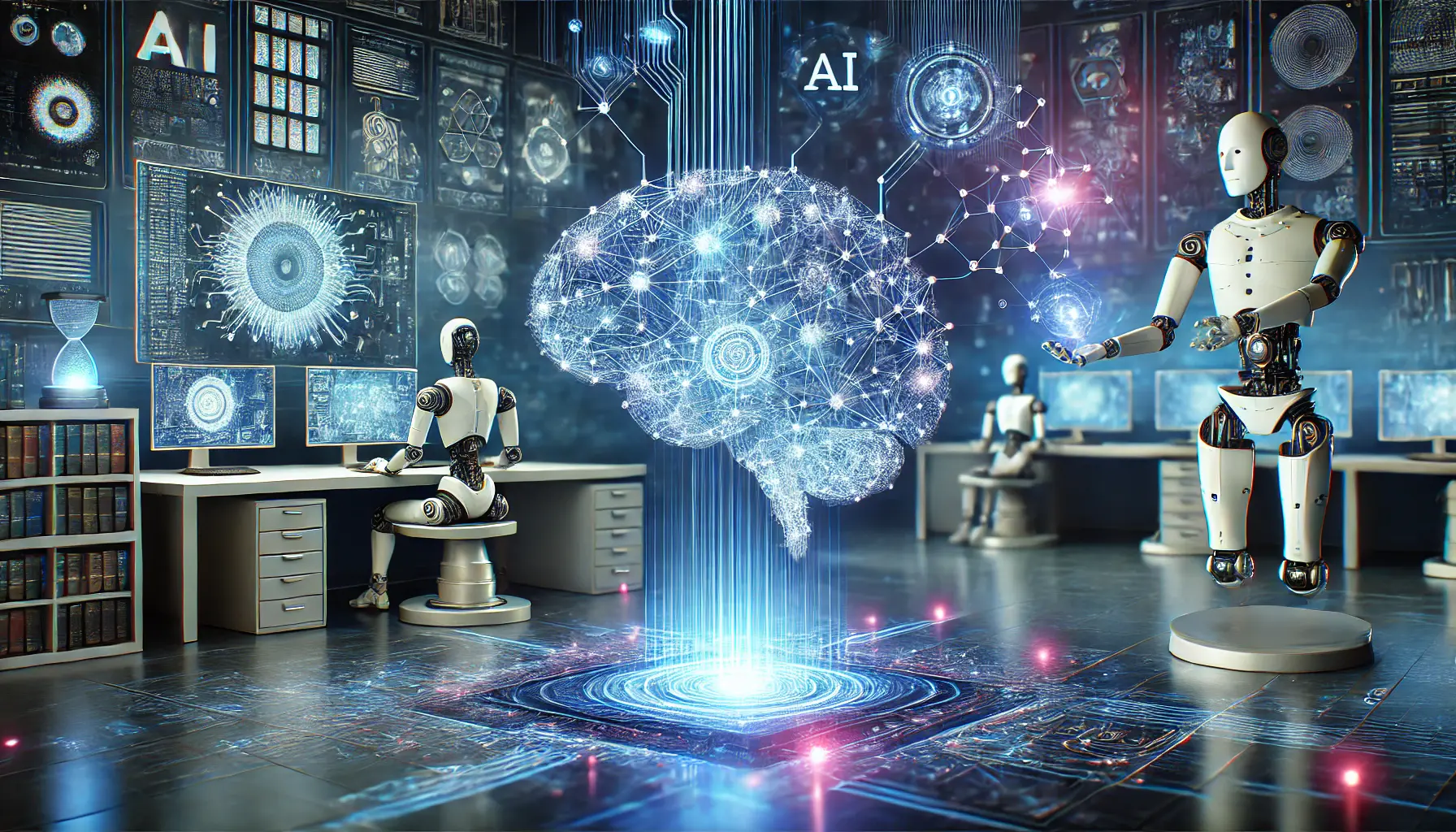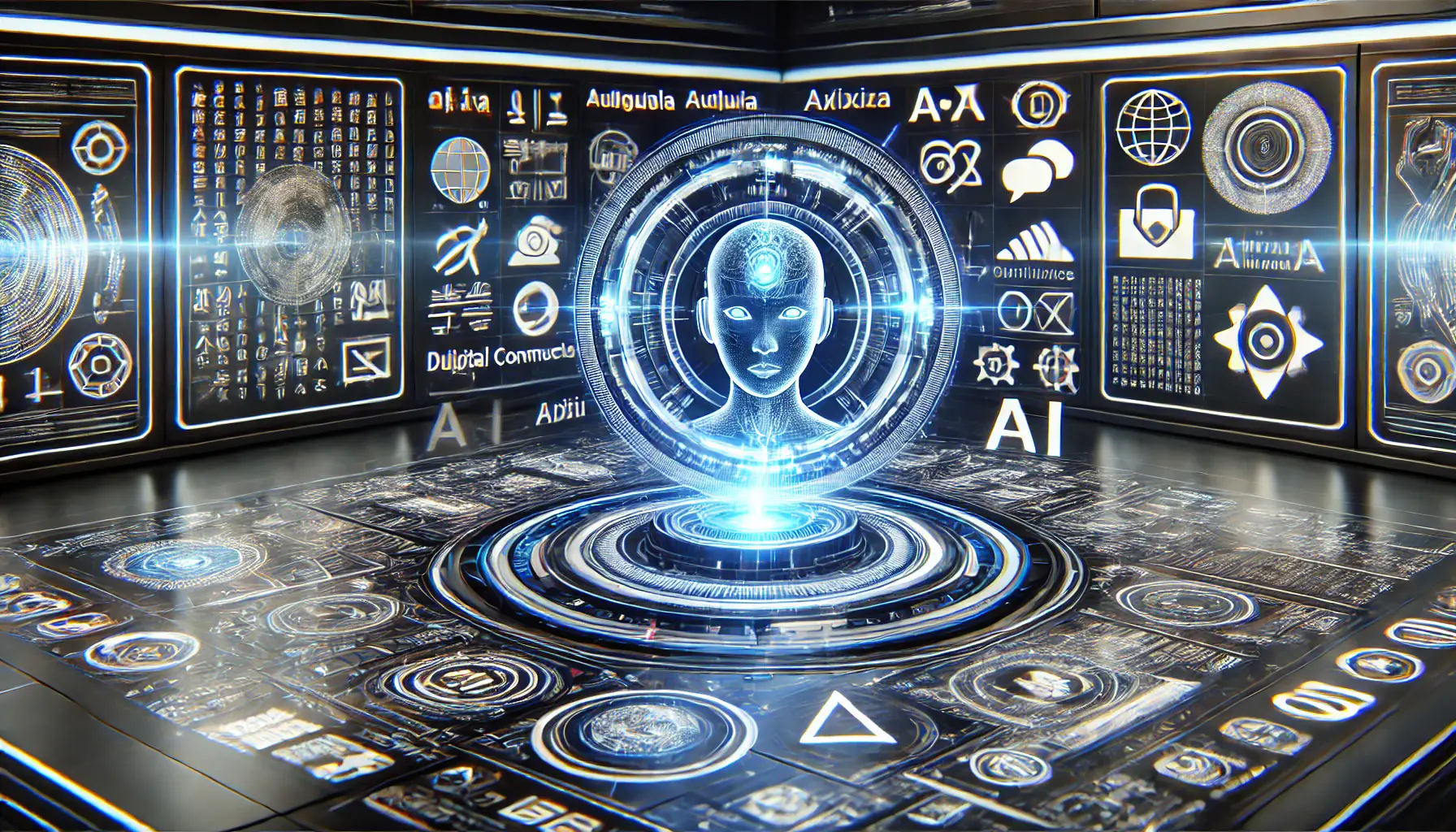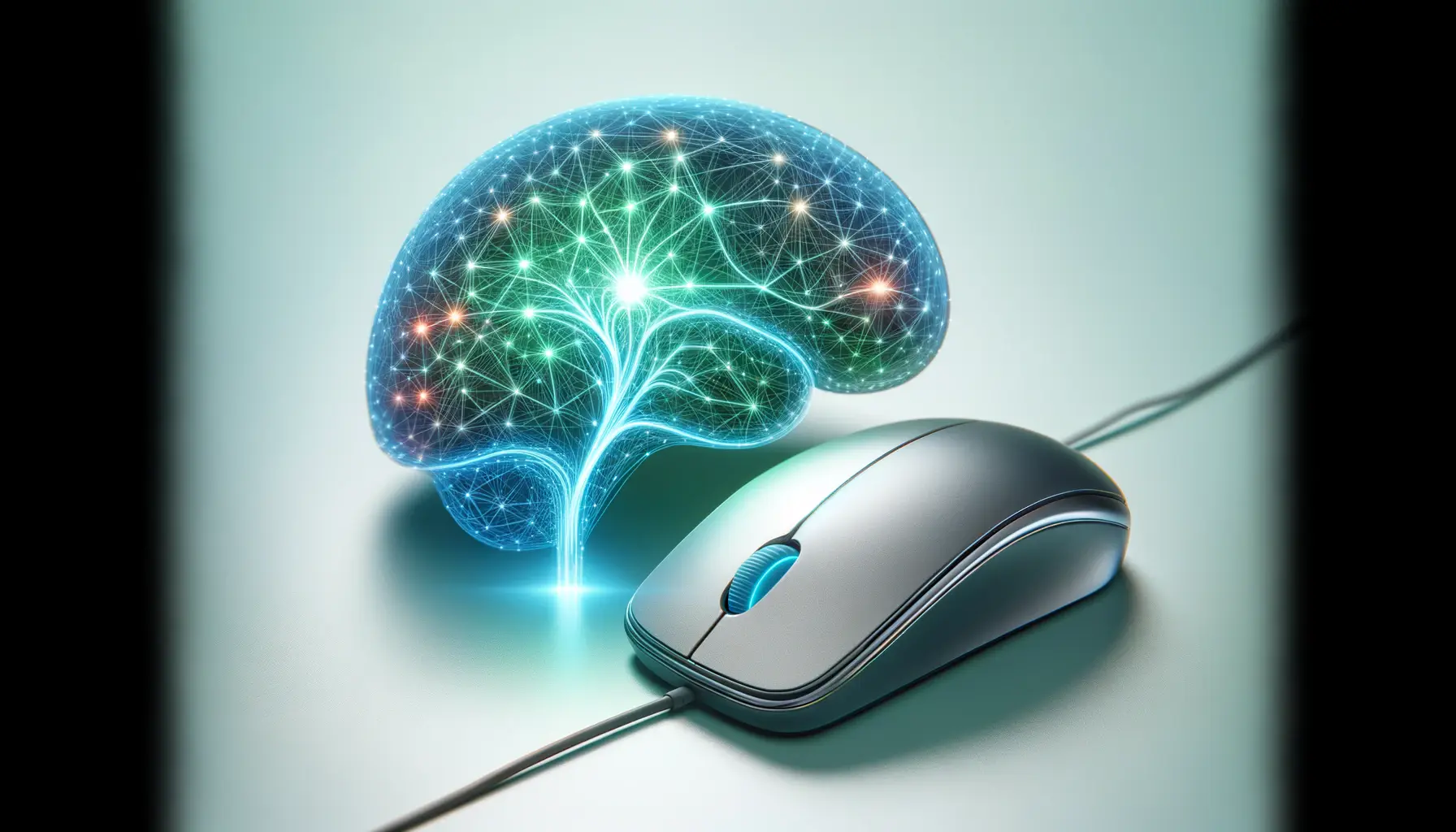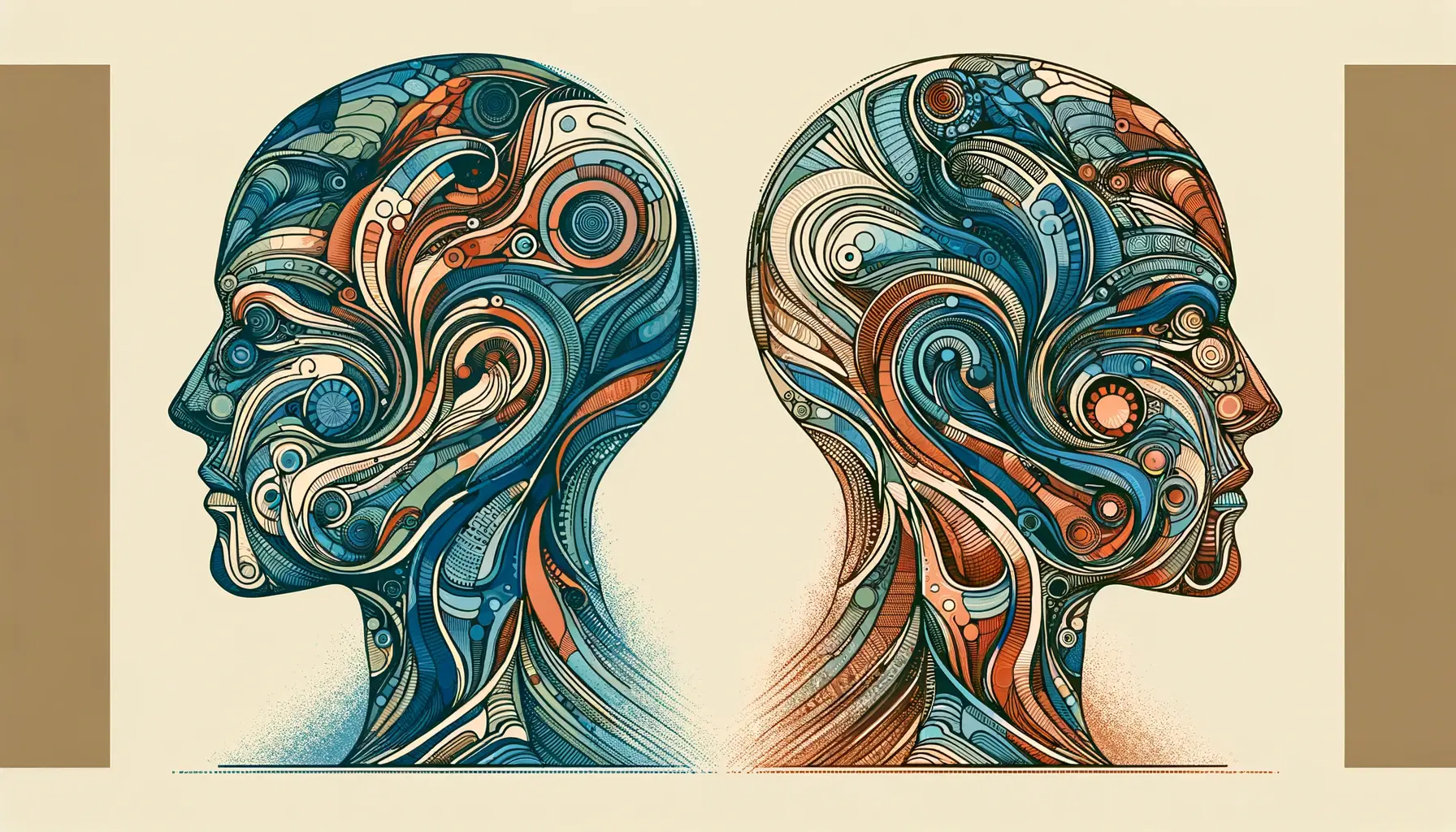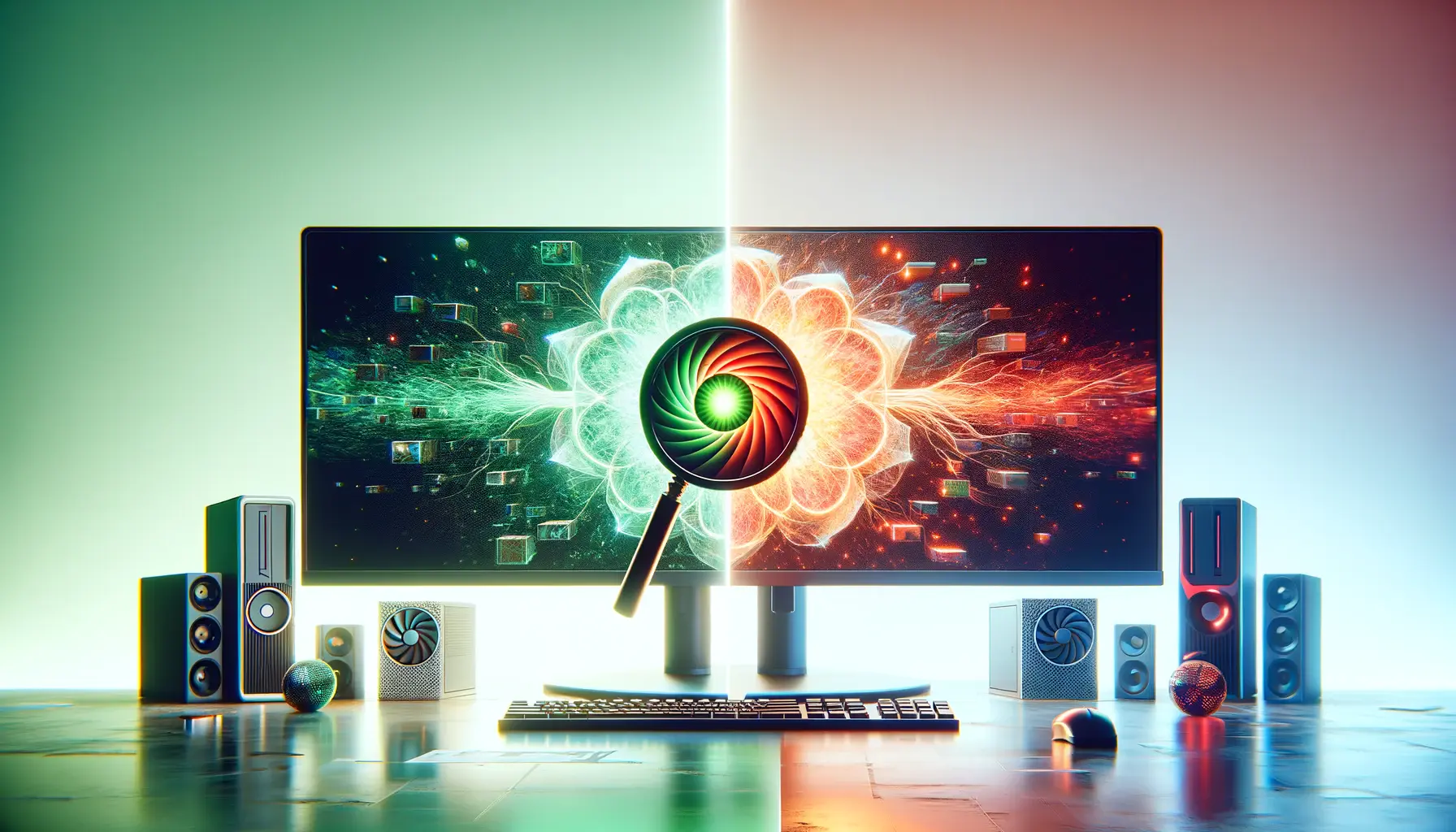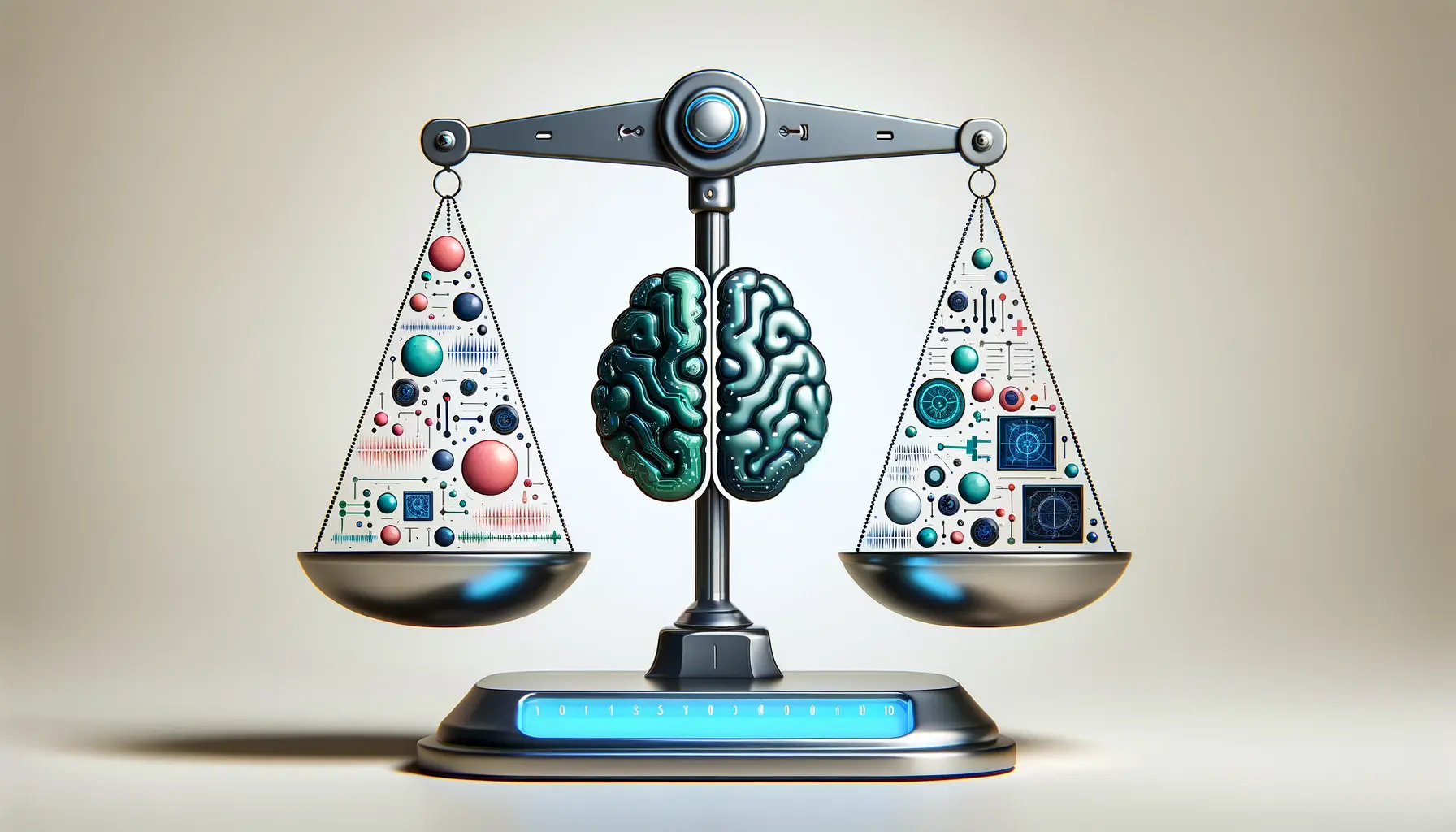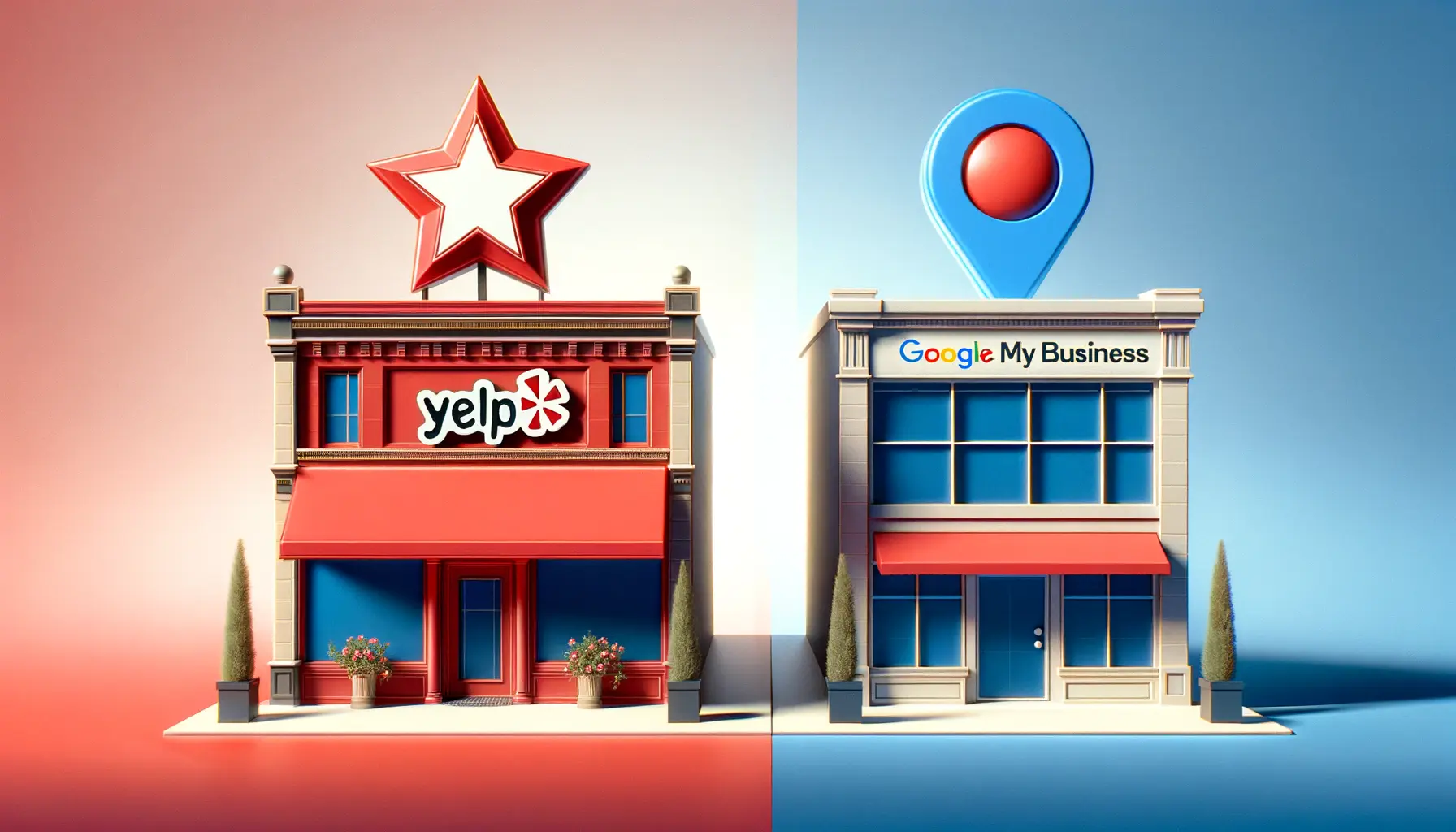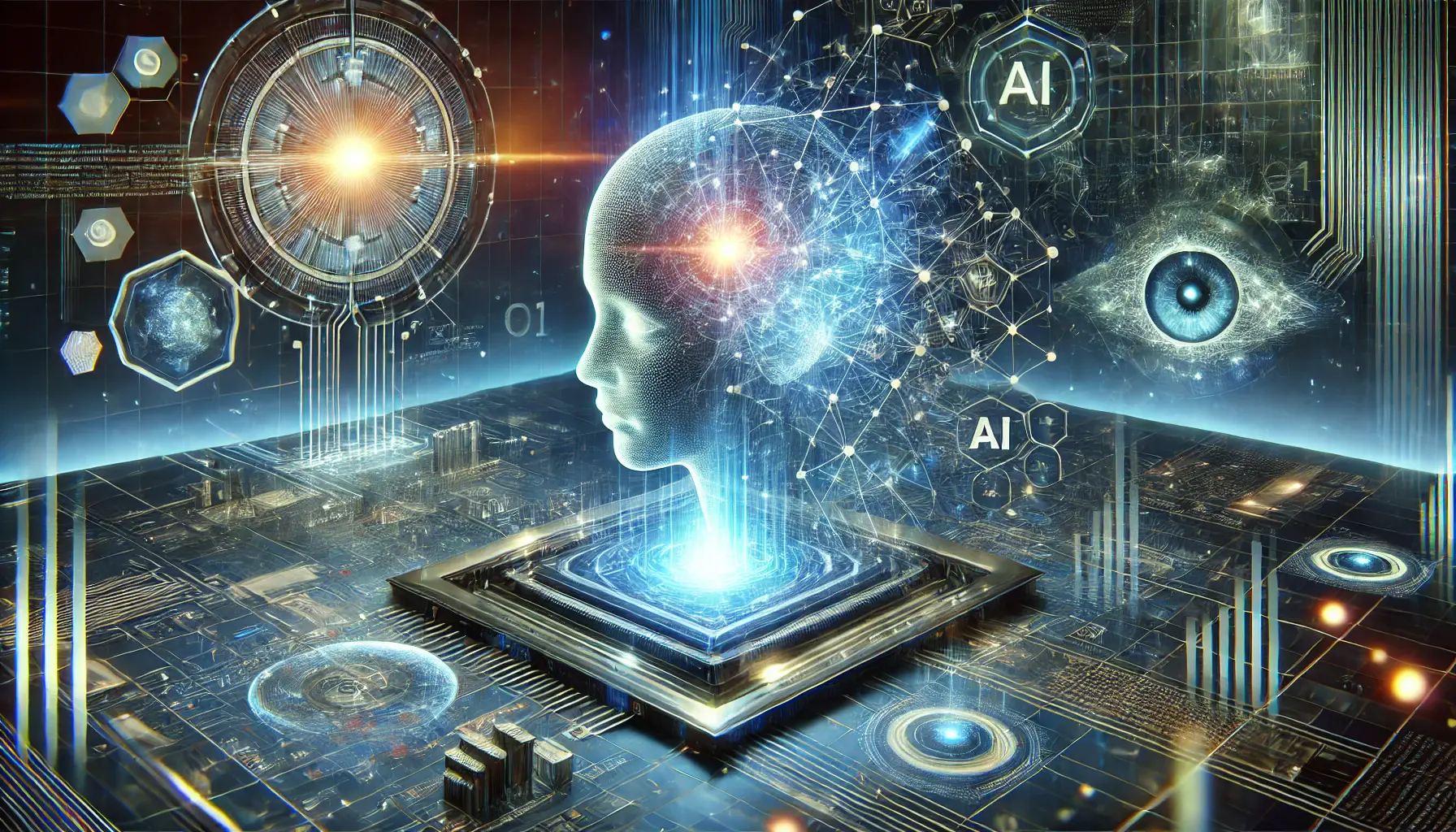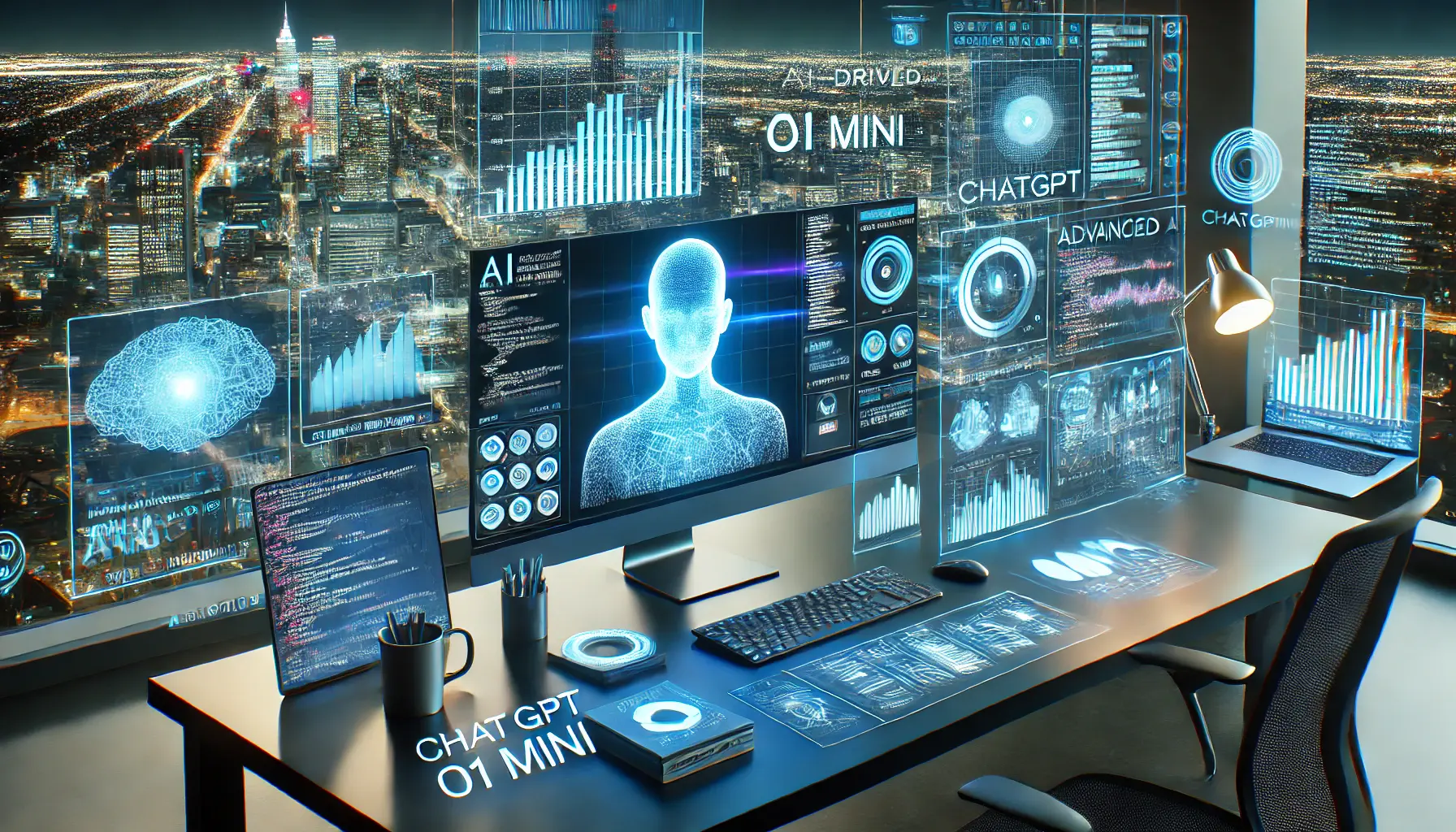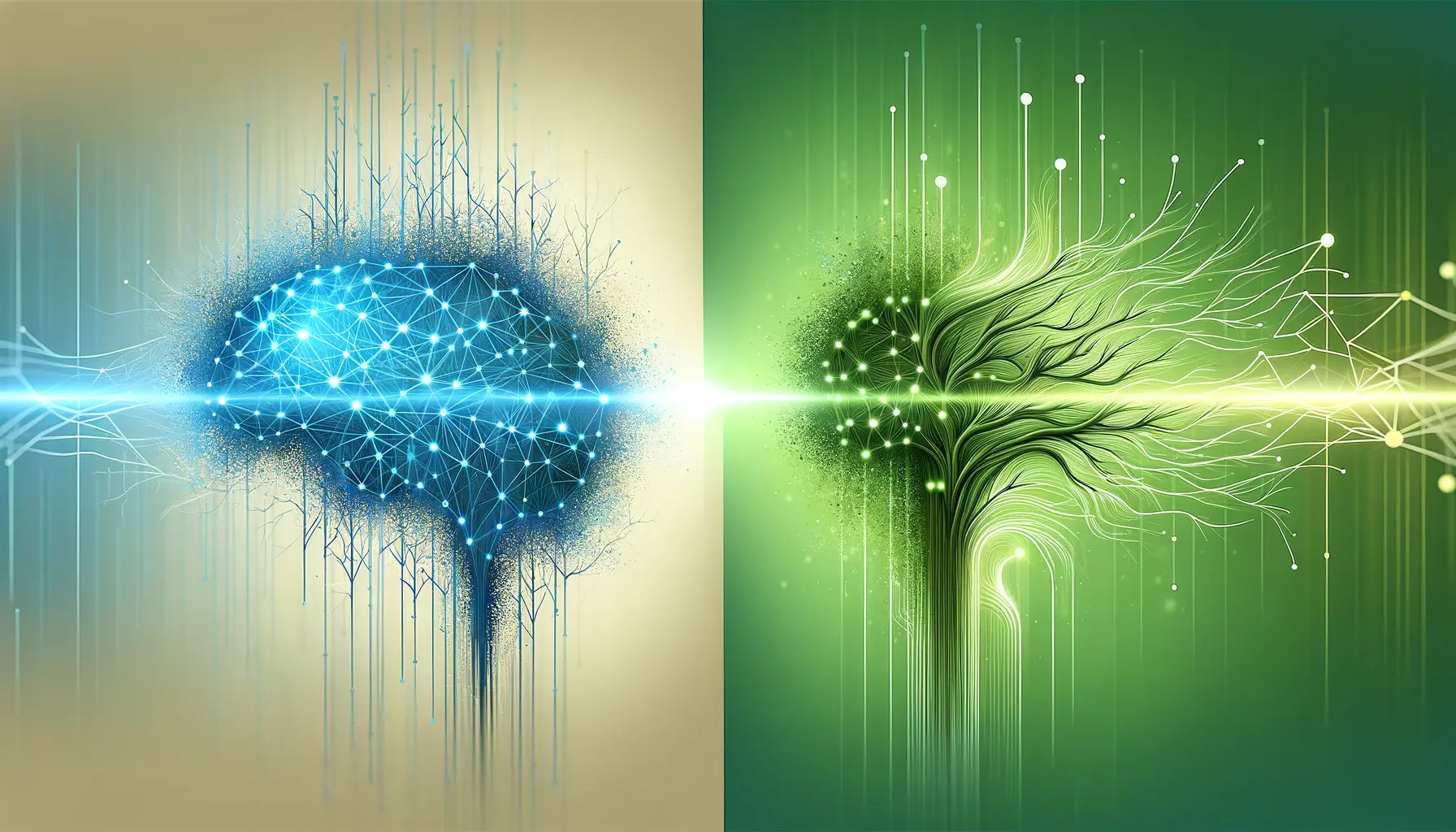In the rapidly evolving landscape of artificial intelligence, two titans have emerged as frontrunners in the AI domain: Claude AI and GPT-4.
These advanced language models have sparked considerable interest and debate within the tech community, each boasting unique strengths and capabilities.
This article delves into a comprehensive comparative analysis of Claude AI and GPT-4, aiming to shed light on their functionalities, applications, and how they stand in relation to each other within the broader context of AI development.
The comparison between Claude AI and GPT-4 is not just a matter of technical specifications; it encompasses a wide range of factors including adaptability, user interface, complexity handling, and real-world applications.
As we embark on this analytical journey, it’s crucial to understand that both models represent significant milestones in AI’s march towards more nuanced and human-like interactions.
The following sections will explore various aspects of Claude AI and GPT-4, providing insights into their performance, use cases, and how they are shaping the future of artificial intelligence.
- Introduction to Claude AI and GPT-4
- Technical Specifications and Model Capabilities
- Real-World Applications and Use Cases
- Adaptability and Learning Patterns
- Integration Challenges and Solutions
- Future Directions and Evolving Capabilities
- Enhancing User Experience with AI
- Conclusion: Navigating the Future with Claude AI and GPT-4
- Claude AI vs GPT-4: Frequently Asked Questions
Introduction to Claude AI and GPT-4
Understanding Claude AI
Claude AI, developed by Anthropic, is designed with a focus on safety, interpretability, and steerable outputs.
It aims to provide users with a more controllable AI experience, allowing for nuanced and contextually aware responses.
Claude AI’s architecture is built to understand and generate human-like text, making it particularly effective in applications requiring a high degree of empathy and understanding.
One of the key features of Claude AI is its ability to adapt to specific user instructions, offering tailored responses based on the given context.
This adaptability makes it an invaluable tool for developers and businesses looking to integrate sophisticated AI capabilities into their operations.
Claude AI’s emphasis on safety and ethical AI use further enhances its appeal, positioning it as a forward-thinking choice in the AI landscape.
Exploring GPT-4
GPT-4, the latest iteration from OpenAI, continues to push the boundaries of what’s possible with language models.
Boasting a vast knowledge base and deep learning capabilities, GPT-4 excels in generating coherent and contextually relevant text across a wide array of domains.
Its ability to process and understand complex instructions has made it a cornerstone in AI-driven content creation, coding, and conversational agents.
What sets GPT-4 apart is its unparalleled versatility.
The model’s training on diverse datasets enables it to perform a broad spectrum of tasks, from writing detailed articles to solving intricate coding problems.
GPT-4’s impact on the AI field is profound, offering a glimpse into the future of automated systems and their potential to mimic human intelligence closely.
Both Claude AI and GPT-4 represent the pinnacle of current AI technology, each with its own set of strengths and applications. Understanding their differences and similarities is key to leveraging their capabilities effectively.
Technical Specifications and Model Capabilities
When evaluating Claude AI and GPT-4, it’s essential to delve into their technical specifications and model capabilities.
This analysis not only highlights the technological prowess behind these AI giants but also provides a clearer picture of their potential applications and limitations.
Let’s explore the core attributes that define each model’s performance and utility in the AI ecosystem.
Claude AI’s Technical Edge:
- Contextual Adaptability: Claude AI’s architecture is optimized for understanding and adapting to the context of interactions, making it particularly effective in scenarios requiring a nuanced grasp of user intent.
- Steerable Outputs: The model offers enhanced control over the tone, style, and direction of its responses, allowing users to steer conversations in desired ways without compromising the natural flow of dialogue.
- Safety and Ethical Considerations: Anthropic has placed a strong emphasis on developing Claude AI with built-in safeguards against generating harmful or biased content, setting a new standard for responsible AI development.
GPT-4’s Unmatched Versatility:
- Expansive Knowledge Base: GPT-4’s training on a diverse array of texts enables it to cover a broad spectrum of topics with remarkable accuracy and depth, from technical subjects to creative writing.
- Advanced Contextual Understanding: The model’s ability to process complex instructions and generate relevant, coherent responses is a testament to its sophisticated understanding of language and context.
- Scalability: GPT-4’s architecture supports a wide range of applications, from simple conversational bots to complex content generation tasks, making it a versatile tool for developers and content creators alike.
Both Claude AI and GPT-4 bring distinct advantages to the table, with Claude focusing on safety and controllability, and GPT-4 offering breadth of knowledge and versatility.
The choice between the two often comes down to the specific requirements of the task at hand, whether it’s the need for precise, tailored responses or the ability to generate wide-ranging content across various domains.
The decision to utilize Claude AI or GPT-4 should be informed by a clear understanding of each model’s strengths and how they align with the goals of your project or application.
Real-World Applications and Use Cases
The practical applications of Claude AI and GPT-4 extend far beyond theoretical capabilities, impacting various sectors and revolutionizing how tasks are approached.
By examining specific use cases, we can better understand the transformative potential of these models in real-world scenarios.
Claude AI in Action
Claude AI’s unique features make it particularly suited for applications requiring a high degree of interaction quality and safety.
Here are some areas where Claude AI shines:
- Customer Support: Claude AI can power chatbots that provide empathetic and accurate support, understanding customer queries in depth and offering solutions that feel personalized and considerate.
- Content Moderation: Its ability to understand context and nuance makes Claude an excellent tool for moderating online platforms, ensuring discussions remain respectful and within community guidelines.
- Personalized Education: Claude AI can tailor educational content to the learner’s style and pace, making it a valuable asset in creating adaptive learning platforms.
GPT-4’s Diverse Applications
GPT-4’s versatility allows it to be deployed across a wide range of domains, demonstrating the model’s ability to adapt and provide value in diverse settings:
- Content Creation: From generating articles and reports to crafting creative stories, GPT-4 can produce high-quality content across genres, significantly reducing the time and effort required from human creators.
- Programming Assistance: GPT-4 can understand programming languages, offering suggestions and solutions to coding problems, thus accelerating development processes and enhancing productivity.
- Language Translation: With its deep understanding of multiple languages, GPT-4 can perform complex translations, bridging communication gaps in global interactions.
Both Claude AI and GPT-4 offer compelling advantages for various applications, from enhancing customer interactions to automating content creation and facilitating learning.
The choice between these models often depends on the specific needs of the project, such as the importance of nuanced understanding and safety in Claude AI’s case, or the breadth of knowledge and versatility in GPT-4’s.
Exploring the real-world applications of Claude AI and GPT-4 reveals the vast potential of these models to transform industries and redefine what is possible with artificial intelligence.
Adaptability and Learning Patterns
The adaptability and learning patterns of Claude AI and GPT-4 are crucial factors that determine their effectiveness in various scenarios.
These aspects highlight the models’ ability to not only understand and generate human-like text but also their capacity to learn from interactions and improve over time.
Claude AI’s Learning Efficiency
Claude AI is designed to quickly adapt to new information and user preferences, making it highly effective for personalized applications.
Its learning pattern is focused on achieving a deep understanding of specific contexts and instructions, which allows for more accurate and relevant responses.
This adaptability is particularly beneficial in fields such as personalized education and customer service, where understanding individual needs and preferences is key.
- Enhanced by its ability to process feedback and adjust its responses accordingly, Claude AI can evolve its understanding based on user interactions, leading to continually improved performance.
- The model’s emphasis on safety and ethical considerations also means that it learns to navigate complex social and cultural nuances, ensuring that its outputs remain appropriate and respectful.
GPT-4’s Broad Learning Capabilities
GPT-4’s learning patterns are characterized by its vast knowledge base and the ability to draw on a wide range of sources.
This broad learning capability enables GPT-4 to generate content that is not only relevant but also rich in information and insights.
GPT-4’s adaptability extends across domains, allowing it to tackle tasks from creative writing to technical problem-solving with ease.
- One of the standout features of GPT-4 is its ability to learn from less data compared to previous models, thanks to advanced training techniques. This efficiency makes it a powerful tool for applications requiring up-to-date knowledge on a wide array of topics.
- Moreover, GPT-4’s flexibility in learning patterns means it can be fine-tuned for specialized tasks, offering tailored solutions that meet the unique requirements of different projects and industries.
Understanding the adaptability and learning patterns of Claude AI and GPT-4 is essential for developers and organizations looking to leverage these models.
Whether the priority is deep contextual understanding and safety or broad knowledge and versatility, the learning capabilities of these AI models play a pivotal role in their application success.
The right choice between Claude AI and GPT-4 often hinges on the specific learning and adaptability requirements of the task at hand, underscoring the importance of aligning model capabilities with project goals.
Integration Challenges and Solutions
Integrating advanced AI models like Claude AI and GPT-4 into existing systems presents a set of challenges that developers must navigate.
However, understanding these challenges and identifying effective solutions can significantly streamline the integration process, ensuring that organizations can fully leverage the capabilities of these powerful AI tools.
Compatibility and Infrastructure
One of the primary hurdles in integrating Claude AI or GPT-4 involves ensuring compatibility with existing technological infrastructure.
Both models require robust computing resources to function optimally, which can necessitate upgrades to hardware or cloud services.
Additionally, integrating these AI models into legacy systems can pose compatibility issues that require careful planning and execution.
- To address these challenges, organizations can adopt containerization technologies like Docker, which can encapsulate the AI model and its dependencies in a container, ensuring consistency across different environments.
- Cloud-based AI services offer another solution, providing scalable computing resources and simplifying the integration process. Many cloud providers now offer AI as a Service (AIaaS), which includes pre-integrated versions of models like GPT-4, facilitating easier adoption.
Data Privacy and Security
Ensuring data privacy and security is another significant challenge when integrating AI models into applications, especially in sectors handling sensitive information.
Both Claude AI and GPT-4 process vast amounts of data, raising concerns about data protection and compliance with regulations like GDPR.
- Implementing end-to-end encryption for data in transit and at rest can help mitigate privacy concerns. This ensures that sensitive information remains secure from unauthorized access.
- Additionally, adopting a data minimization approach, where only the necessary data is processed by the AI model, can further enhance privacy and compliance.
Despite these challenges, the integration of Claude AI and GPT-4 into applications offers transformative potential.
By carefully addressing compatibility, infrastructure, and privacy concerns, developers can unlock the full power of these AI models, driving innovation and efficiency across operations.
Effective integration requires a strategic approach, focusing on both the technical and ethical aspects of deploying AI models. By overcoming these challenges, organizations can harness the benefits of AI to create more intelligent, responsive, and personalized applications.
Future Directions and Evolving Capabilities
The landscape of artificial intelligence is in a constant state of flux, with models like Claude AI and GPT-4 at the forefront of innovation.
As these models continue to evolve, they pave the way for new capabilities and future directions in AI technology.
Understanding these potential advancements is crucial for staying ahead in the rapidly changing digital world.
Advancements in AI Safety and Ethics
As AI models become more integrated into daily life and business operations, the importance of safety and ethical considerations grows.
Future developments in Claude AI and GPT-4 are likely to focus on enhancing these aspects, ensuring that AI interactions remain beneficial and do not perpetuate biases or harmful behaviors.
- Techniques for detecting and mitigating bias in AI responses will become more sophisticated, leveraging advanced algorithms to ensure fairness and neutrality.
- Improvements in understanding and generating contextually appropriate content will help AI models navigate complex social and cultural landscapes more effectively.
Expanding the Horizons of AI Applications
The evolving capabilities of Claude AI and GPT-4 are set to expand the horizons of AI applications, opening up new possibilities in fields that were previously challenging for AI to navigate.
From creative arts to scientific research, the potential for AI to contribute meaningfully across diverse domains is vast.
- Innovations in AI-driven content creation will enable more nuanced and creative outputs, potentially collaborating with humans in artistic endeavors like music composition, literature, and visual arts.
- AI models will play a significant role in scientific discovery, analyzing vast datasets to uncover patterns and insights that can accelerate research in fields such as medicine, climate science, and physics.
The future of Claude AI and GPT-4, and indeed of artificial intelligence as a whole, is marked by both challenges and opportunities.
As these models continue to advance, they will undoubtedly shape the trajectory of technological progress, influencing how we interact with digital systems and how we harness the power of AI to solve complex problems.
The ongoing evolution of AI models like Claude AI and GPT-4 underscores the dynamic nature of the field, highlighting the need for continuous learning and adaptation among developers and businesses alike. Staying informed about these changes is key to leveraging AI effectively in the future.
Enhancing User Experience with AI
The integration of advanced AI models like Claude AI and GPT-4 into digital platforms and services has a profound impact on user experience (UX).
By leveraging these technologies, developers can create more intuitive, engaging, and personalized interactions, significantly enhancing the way users engage with digital products.
Personalization at Scale
One of the most significant advantages of incorporating Claude AI and GPT-4 into user experience design is the ability to achieve personalization at scale.
These AI models can analyze user data in real-time, tailoring content, recommendations, and interactions to match individual preferences and behaviors.
- For e-commerce platforms, this means suggesting products based on browsing history and purchase patterns, making shopping experiences more relevant and efficient.
- In content platforms, AI can curate articles, videos, and other media that align with the user’s interests, increasing engagement and time spent on the site.
Conversational Interfaces and Chatbots
Conversational interfaces and chatbots powered by Claude AI and GPT-4 represent a leap forward in making digital interactions more human-like.
These AI-driven systems can understand and respond to user queries with a level of nuance and context awareness previously unattainable, making digital services more accessible and enjoyable.
- Customer support chatbots can provide instant, 24/7 assistance, resolving queries efficiently and freeing up human agents to handle more complex issues.
- Virtual assistants in apps and websites can guide users through processes, offer helpful suggestions, and even entertain, creating a more dynamic and engaging user interface.
As Claude AI and GPT-4 continue to evolve, their integration into UX design will become increasingly sophisticated, offering even more opportunities to enrich user experiences.
The future of UX lies in harnessing the power of AI to create interfaces that are not only functional but also deeply resonant with users on a personal level.
The impact of Claude AI and GPT-4 on user experience highlights the transformative potential of AI in creating digital products that are more intuitive, personalized, and engaging. As these technologies advance, the possibilities for innovation in UX design are boundless.
Conclusion: Navigating the Future with Claude AI and GPT-4
The journey through the comparative analysis of Claude AI and GPT-4 reveals a landscape rich with potential and fraught with challenges.
As we stand on the brink of a new era in artificial intelligence, it’s clear that both models offer unique advantages that can significantly shape the development and application of AI technologies.
The exploration of their technical specifications, real-world applications, adaptability, integration challenges, future directions, and impact on user experience underscores the complexity and dynamism of the AI field.
Strategic Integration for Enhanced Outcomes
Choosing between Claude AI and GPT-4 is not a matter of selecting the superior model but rather understanding which model aligns best with specific project goals and requirements.
The strategic integration of these AI models into digital platforms can unlock unprecedented levels of efficiency, personalization, and user engagement.
Developers and businesses are tasked with the challenge of harnessing these technologies in a way that maximizes their strengths while mitigating potential drawbacks.
Embracing Ethical AI Development
As we advance, the emphasis on ethical AI development becomes increasingly paramount.
Both Claude AI and GPT-4 are at the forefront of efforts to create AI systems that are not only powerful but also responsible and safe.
The future of AI lies in the balance of innovation and ethics, ensuring that advancements in AI technology benefit society as a whole without compromising individual rights or safety.
- The adaptability of Claude AI and GPT-4 to evolving user needs and technological landscapes ensures their relevance in future AI applications.
- Continuous improvements in AI safety, ethics, and bias mitigation will shape the development of more trustworthy and reliable AI systems.
- The expanding horizons of AI applications, from creative arts to scientific research, promise a future where AI’s potential is fully realized across all facets of human endeavor.
In conclusion, the comparative analysis of Claude AI and GPT-4 highlights the remarkable progress in the field of artificial intelligence.
As we navigate the future, the insights gained from examining these models provide a roadmap for leveraging AI to create more intelligent, efficient, and humane digital solutions.
The journey ahead is filled with opportunities to redefine the boundaries of what AI can achieve, guided by a commitment to innovation, ethical responsibility, and a deep understanding of the transformative power of artificial intelligence.
Claude AI vs GPT-4: Frequently Asked Questions
Delving into the nuances of Claude AI and GPT-4, we’ve compiled a list of frequently asked questions to shed light on their comparative analysis.
GPT-4 is recognized for its versatility, handling a broader range of complex tasks compared to Claude AI’s specialized focus.
No, Claude AI focuses solely on text processing, while GPT-4 Turbo has multimodal capabilities including image processing.
Yes, GPT-4 is generally better at coding, offering more precise suggestions and solutions for programming tasks.
Claude AI is considered superior for medical information due to its focused and accurate handling of specialized content.
Claude AI excels in tasks requiring detailed contextual understanding, while GPT-4’s broad knowledge base allows it to tackle a wider variety of complex tasks.
GPT-4 is often considered more user-friendly, with a straightforward interface that’s accessible to beginners.
Yes, Claude AI is particularly effective for content moderation, leveraging its understanding of context and nuance to maintain respectful online discussions.
Claude AI is known for its superior personalization capabilities, tailoring responses more closely to individual user preferences and instructions.
